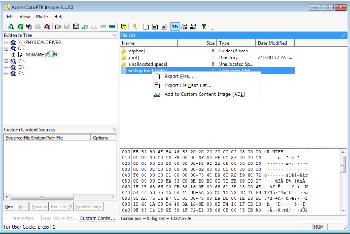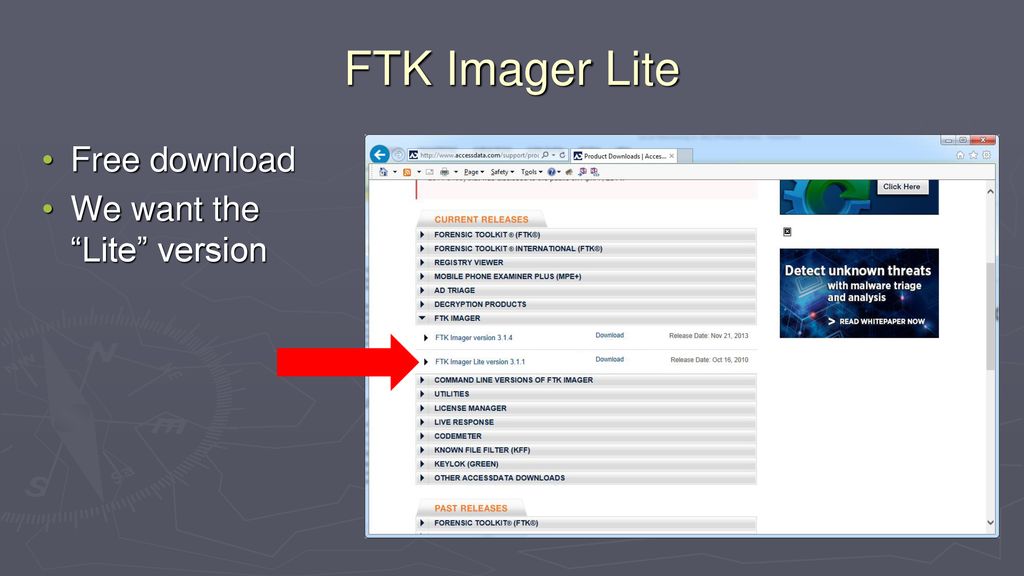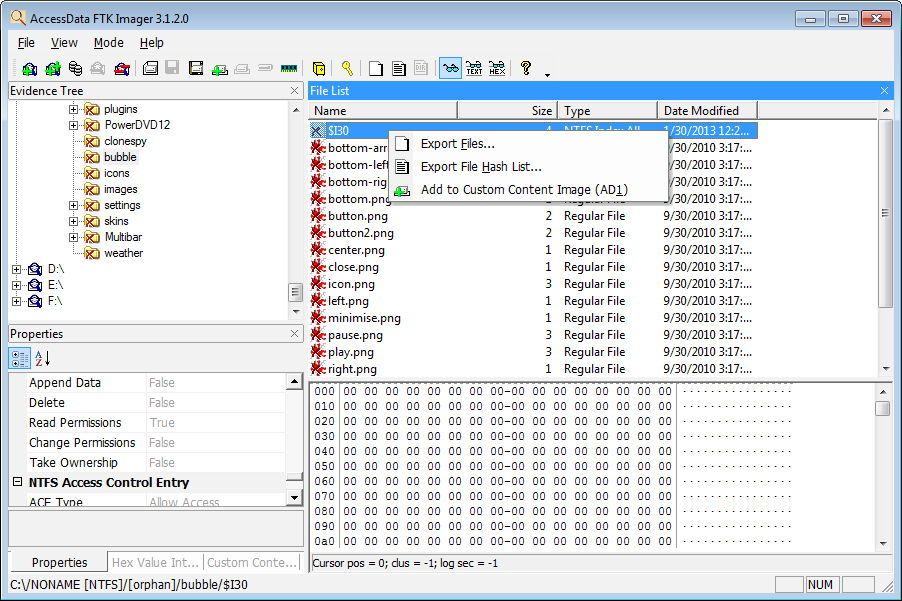
Obviously, 5 would be somewhere towards the middle.

The compression can be 0 (none), or 1 for the lowest and 9 for the highest levels of compression. The -e01 option indicates that we are capturing it to an Expert Witness Formatted file.Īnd the -compress 9 option sets the images compression level. E01 FILE EXTENSION on the destination filename because this tool can generate multiple types of images like AD, SWF, and RAW/dd images. path/to/destinationfile/EvidenceItem001 is the path to the location you want to store the image file ftkimager /dev/sdd /path/to/destinationfile/EvidenceItem001 -e01 -compress 9 -case-number 1700345498 -evidence-number ITEM001 -description "This HP was located in the suspects kitchen." -examiner "Adam" -notes "Case and collection notes."Ībove /dev/sdd is the source drive or container you are attempting to capture, in this case a physical disk on a *nix system. You can review a previous post for more on that.īasic physical disk collection usage with compression. This did not work for me but it may work out for you.
#Ftk imager download mac version password
outcert C : encrypt dest file using certificate C with password Pįirst of all, you can use it to list drives (convenient) but you'll have to navigate to the unzipped binary file (ftkimager) or add it to your path. outpass P : encrypt dest file using password P incert C : decrypt source file using certificate C with password P inpass P : decrypt source file using password P , 9=best)Į01/smart metadata (use quote marks when X contains spaces): compress C : set compression level to C (0=none, 1=fast. frag x in sizeĪlso accepts kB, MB, GB, and TB for powers of 10 instead of 2 s01 : create a SMART ew-compressed image (The following options are valid only when dest_file is specified): no-sha1 : do not compute SHA1 hash during acquire or verify quiet : do not show create/verify progress information print-info : print information about a drive or image and then exit Or the source image if no destination is specified

verify : hash/verify the destination image, list-drives : show detected physical drives If dest_file is `-' or not specified, raw data will be written to stdout If dest_file is specified, proper extension for image type will be appended Source can specify a block device, a supported image file, or `-' for stdin Here is the majority of the FTK Imager Helpfile which you can get by simply executing the pre-compiled binary:
#Ftk imager download mac version windows
The command syntax will be the same on Windows and Max OS' but the path's to physical and logical disks will differ greatly. These are all related to debian based systems. Technically, these aren't open source however, I'd consider them to be the best command line imaging solutions for people wanting to use the E01 format.īelow are some examples of CLI FTK Imager use. They've made these command line tools freely available to the general public as well as multi-platform (Windows, Debian, Red-Hat, and Mac OS).

FTK Imager has been around for years but it wasn't until recently that AccessData released a break out version for use on the Command Line for the general public.


 0 kommentar(er)
0 kommentar(er)
